MTA installs free mask dispensers inside buses
READ MORE
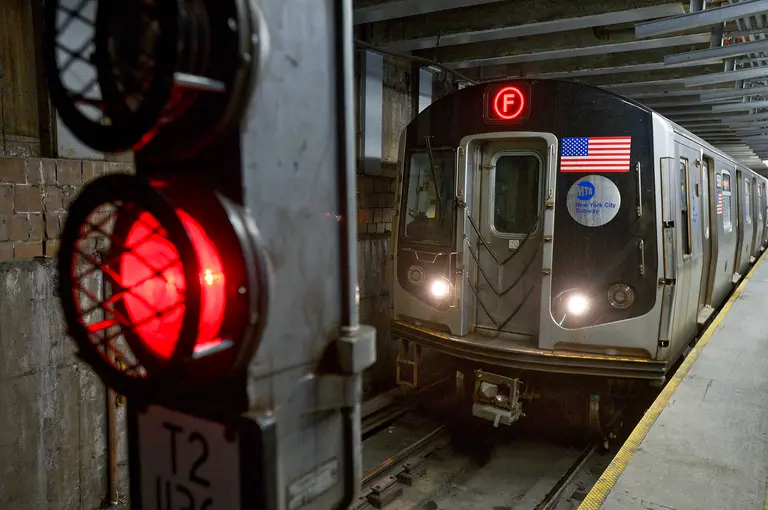
Photo by Patrick Cashin courtesy of MTA via Flickr
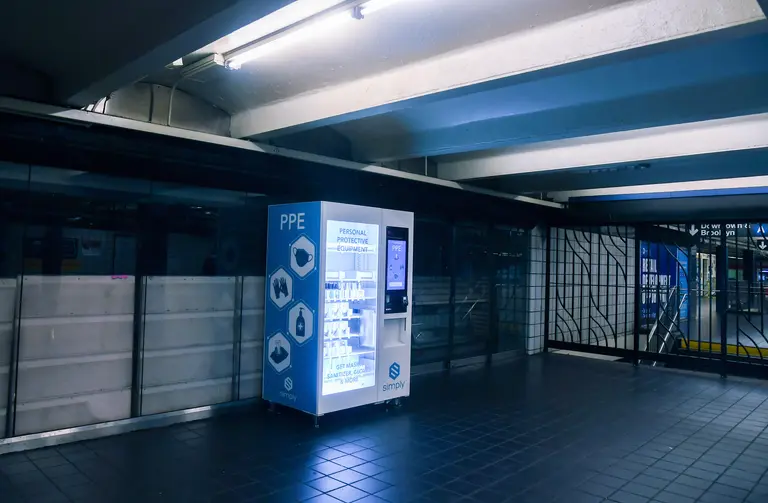
All photos: Marc Herman / MTA NYC Transit on Flickr
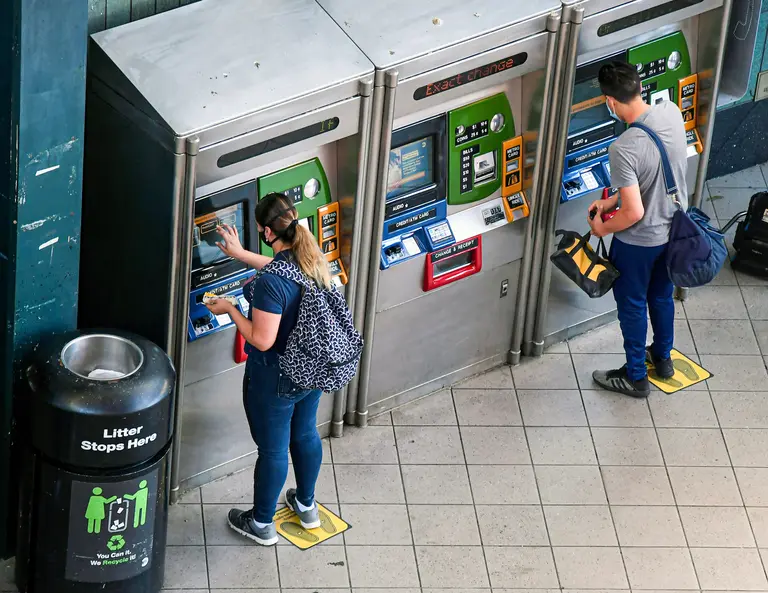
Day one at Jackson Heights-Roosevelt Ave Station; Marc A. Hermann / MTA New York City Transit on Flickr
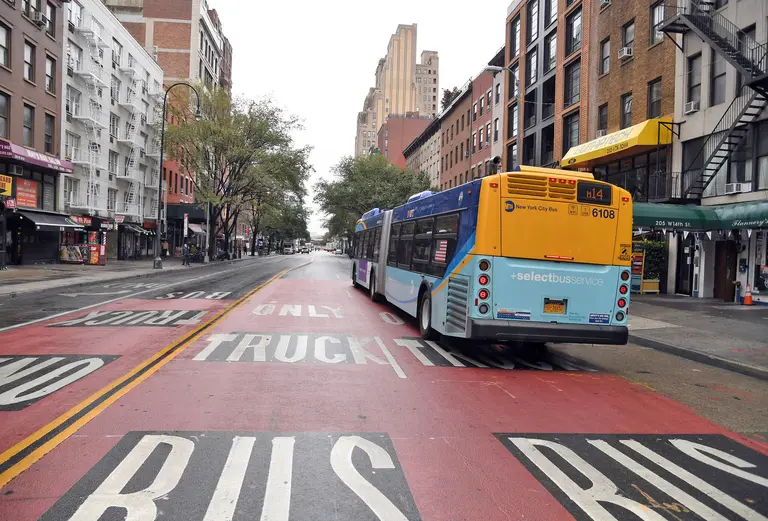
14th Street Busway; Photo: Marc A. Hermann / MTA New York City Transit on Flickr
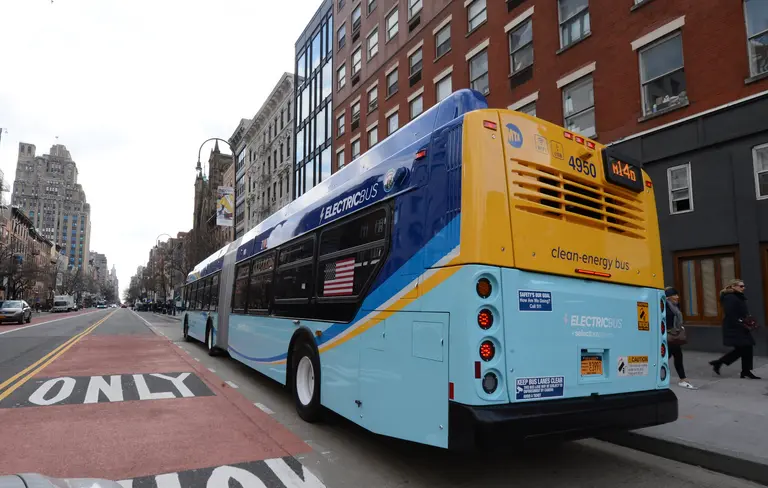
Photo by Marc A. Hermann / MTA New York City Transit on Flickr
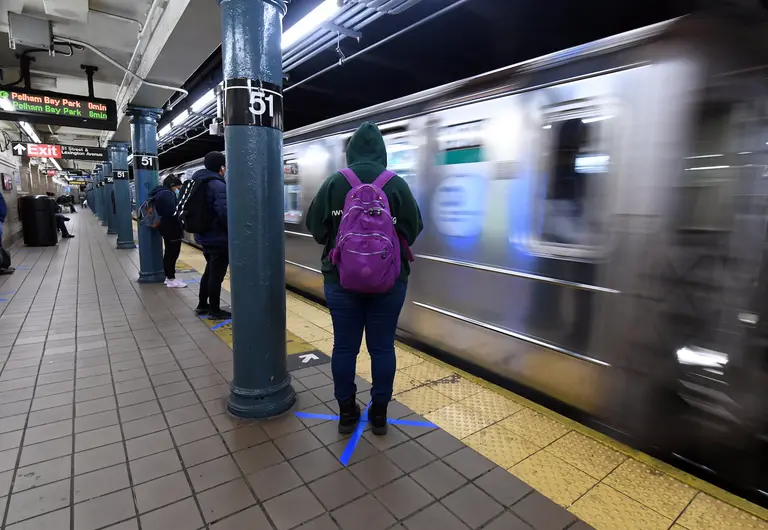
Photo: Marc A. Hermann / MTA New York City Transit on Flickr
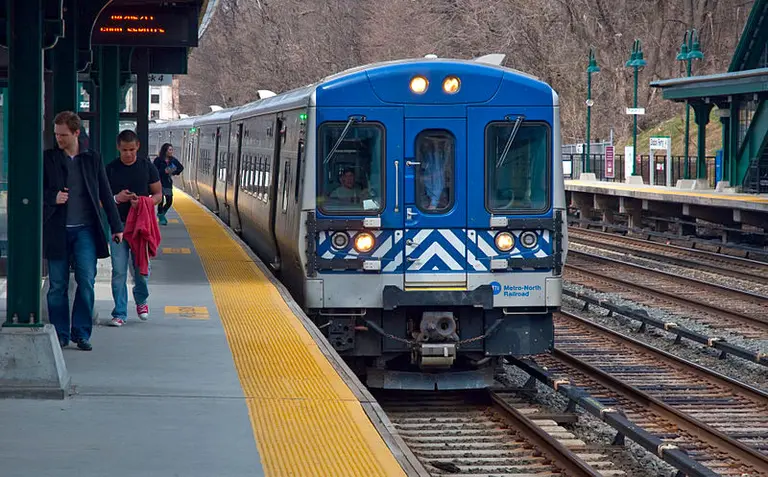
Photo by Phillip Capper via Wikimedia
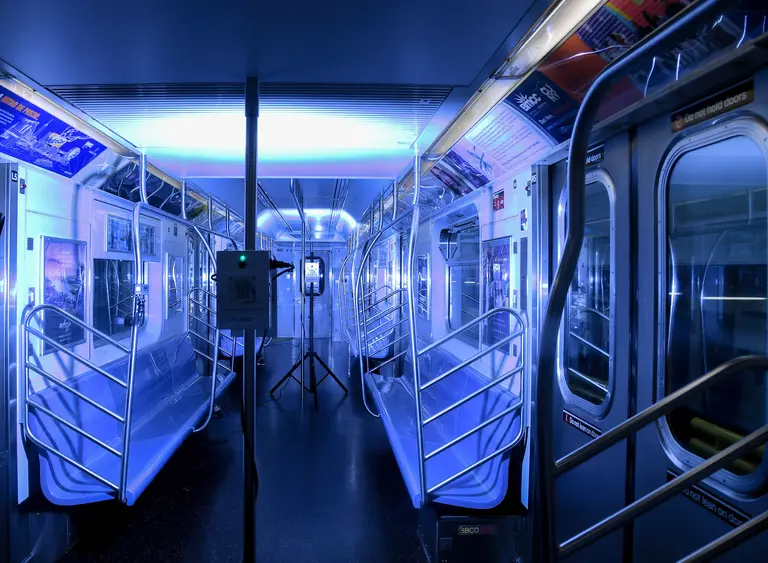
Demonstration of UV disinfection technology at Corona Maintenace Facility; Photo Marc A. Hermann / MTA New York City Transit on Flickr
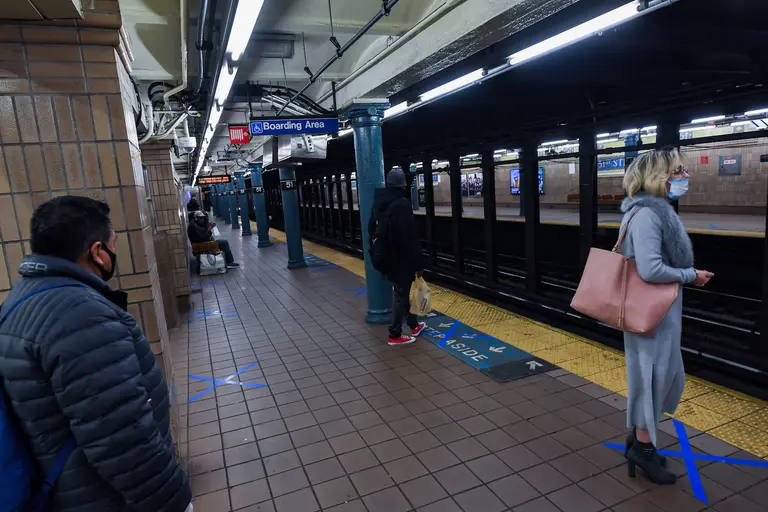
Photo: Marc A. Hermann / MTA New York City Transit on Flickr
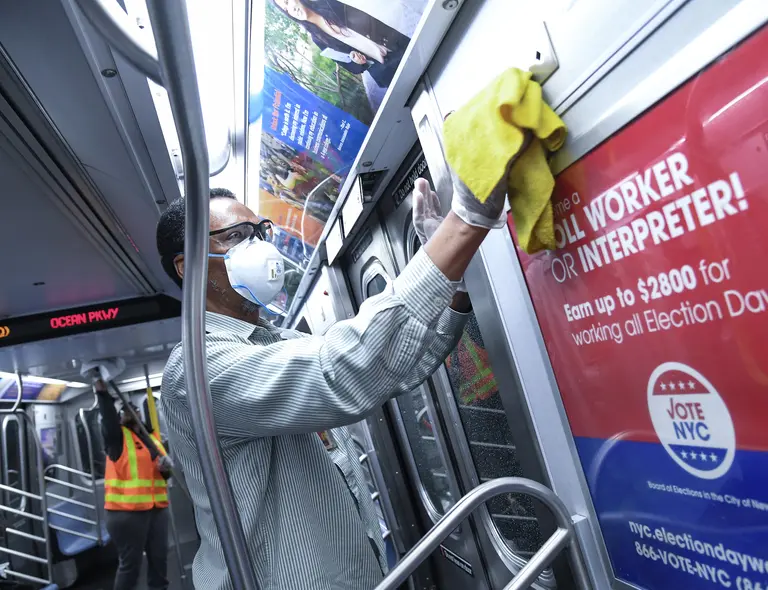
Photo by Marc A. Hermann/MTA New York City Transit via MTA/Flickr
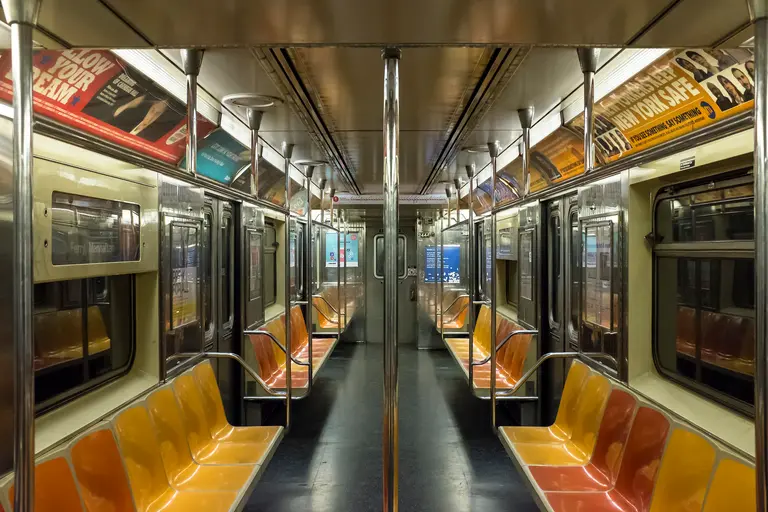
Photo by Billie Grace Ward on Flickr

Photo credit: Billie Grace Ward via Flickr

Photo credit: Billie Grace Ward via Flickr
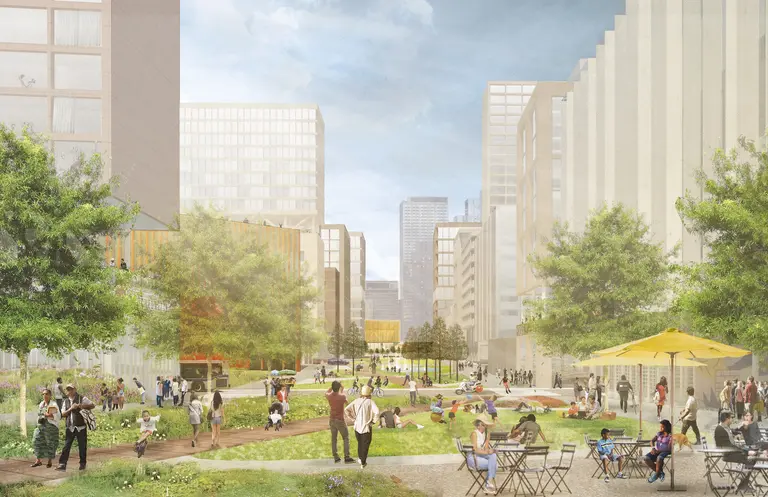
All renderings by the Practice for Architecture and Urbanism (PAU)

Photo by Marc A. Hermann / MTA New York City Transit, Flickr cc

Photo by Patrick Cashin courtesy of MTA via Flick
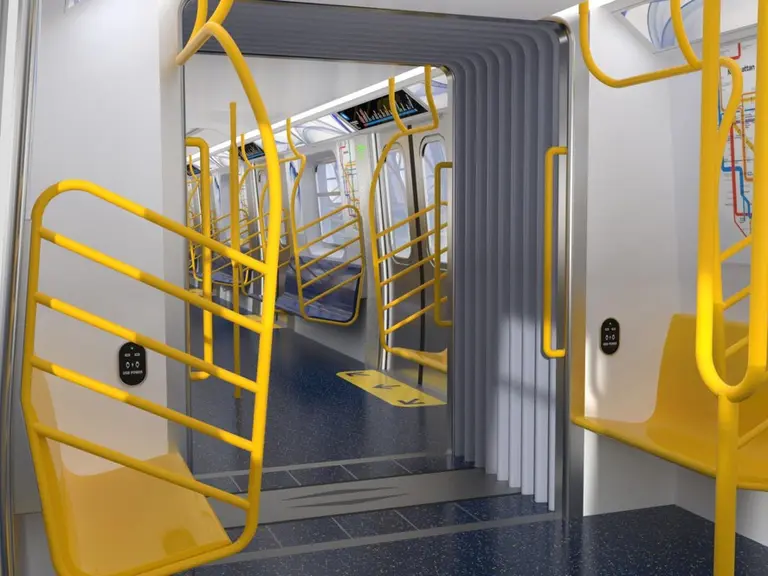
Images courtesy of MTA/Flickr